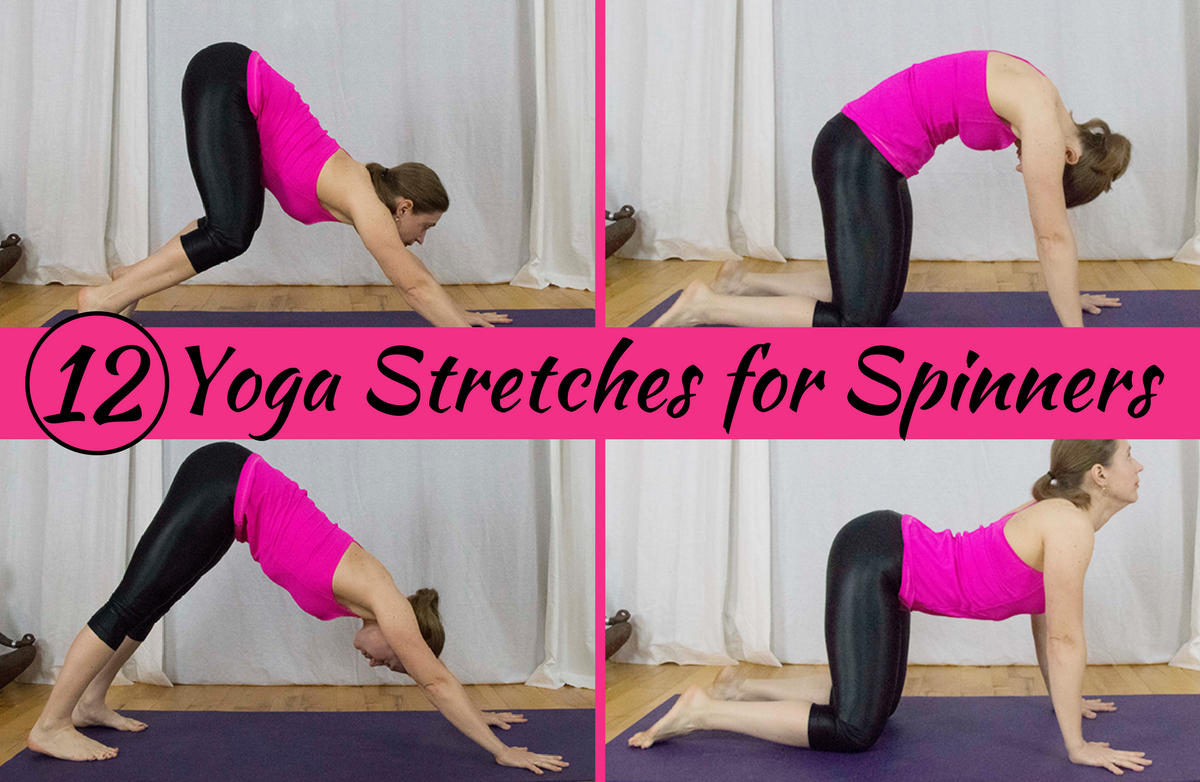But what if you'd prefer something in the middle—a workout that challenges and pushes you to improve, without leaving you hobbling around the next day?
Enter HILIT. It stands for high-intensity low-impact training, and it delivers all the benefits of high-intensity exercise without the impact of HIIT.
What Is HILIT?
Stephanie Lincoln is the founder of Fire Team Whiskey® Military Fitness Protocol, a HIIT fitness program that also incorporates HILIT versions of each exercise. She describes HILIT as a style of high-intensity interval training that is focused on achieving muscle fatigue and/or target heart rate.
"HILIT is a just a specific approach to HIIT that reduces the amount of impact on the joints during the workout," she explains. "Most traditional high-intensity workouts incorporate
A typical HILIT training session, says Lincoln, involves performing an exercise as hard or as fast as possible for 20-30 seconds, stopping for a 10-15 second break and then repeating for eight sets or so. When strength training, this should work your muscles to their maximum capacity. For cardio exercises, this routine should bring you closer to your target heart rate.
Benefits of HILIT
Bigger bang for your exercise buck: Lincoln says the primary benefit of the HILIT method is that it is the most time- and energy-efficient way to work out. "You might be able to reach your target heart rate by running for an hour, and can achieve muscle failure by lifting light weights for 100 repetitions," she says. "But not many people have time for that. With the efficiency of a HILIT-style workout, you only need to exercise for 20 to 30 minutes to get the same benefits as a long, steady-state workout."
Confidence during recovery: Jill McKay, certified personal trainer and nutrition coach with Narrow Road Fitness, first discovered HILIT after a bad trail fall that left her with a herniated disc, which led to lower back and hip pain. "This injury helped me relate and understand chronic pain," she says. "Instead of focusing on what I couldn't do anymore, I learned to focus on what I could do."
The EPOC effect: According to McKay, HIIT training originally became so popular because of its Excess Post-Exercise Oxygen Consumption (EPOC) effect, which is when your body continues to burn calories at an increased rate even after the exercise session is complete. This is a great way to keep your metabolism firing on all cylinders. "HILIT workouts deliver all the benefits of EPOC, meaning your body continues to burn calories at a higher rate, even after the workout is complete," McKay notes.
Plateau
Greater consistency: The most successful exercise is the one you will do on a regular basis. By keeping impact low, especially if you suffer from chronic pain, you'll be much more likely to move on a consistent basis.
Mind/body training: The goal of HILIT, McKay says, is to challenge your body to try new things and to move in different planes of motion—front and back, side to side (or) diagonally. "Moving your body in different ways keeps your smaller, supportive muscles strong, your brain aware of where your body is (
Sample HILIT Workout
Lincoln provides this example of a mixed cardio and bodyweight strength HILIT circuit. "This is a 24-minute workout—short, sweet and super-efficient," she says. Remember to work as hard and as fast as you can during the 20-second work period while maintaining safe, proper form.
- March in place with high knees for 20 seconds, followed by a 10-second break, for eight sets.
- Do pushups
for 20 seconds, followed by a 10-second break, for eight sets. - Do a lateral shuffle for 20 seconds, followed by a 10-second break, for eight sets.
- Do triceps dips for 20 seconds, followed by a 10-second break, for eight sets.
- Do a sumo squat
burpee without jump for 20 seconds, followed by a 10-second break, for eight sets. - Do frog pushups
for 20 seconds, followed by a 10-second break, for eight sets.
In the classes she teaches at Narrow Road Fitness, McKay focuses on six areas of movement: upper body, lower body, core, lateral movement (side-to-side), balance (which may be as easy as shifting weight from one foot to another) and heart rate. Whatever combination of exercises you choose, McKay says the most important thing is to get out of your comfort zone a bit, for a brief or
What to Know Before Trying HILIT
Listen to your body. McKay notes that some degree of discomfort is expected, but the goal of HILIT training is to feel better, not worse. Take breaks as needed. Exercise should keep you moving well and feeling good, mobile, stable and strong.
Compete only with yourself. "Don't worry about trying to keep up with others," suggests McKay. "You may be able to push yourself harder than your neighbor, or you may need to modify
Don't be shy about asking for help. "When taking a group class, the instructor is there to offer suggestions and keep you safe. Instructors love questions and interaction, so don't hesitate to speak up," says McKay.
Give it time. HILIT classes can be a bit confusing in the beginning. Often, people feel overwhelmed when starting something new, and that discomfort causes them to quit before giving it enough time to feel comfortable. "Once you get more comfortable with the exercises and the class structure, you will feel more confident," McKay says. "Commit to trying HILIT workouts for a month or so before you decide whether it's for you or not."
In a nutshell, low impact doesn't have to mean low intensity. Seib is a big proponent of HILIT as a highly effective way to get fresh, fun workouts in combination with the benefits of HIIT, while being gentle on the joints.
"HILIT is one of my favorite ways to target trouble zones, get the sweat flowing and turn your body into a fat-burning furnace long after the workout is













